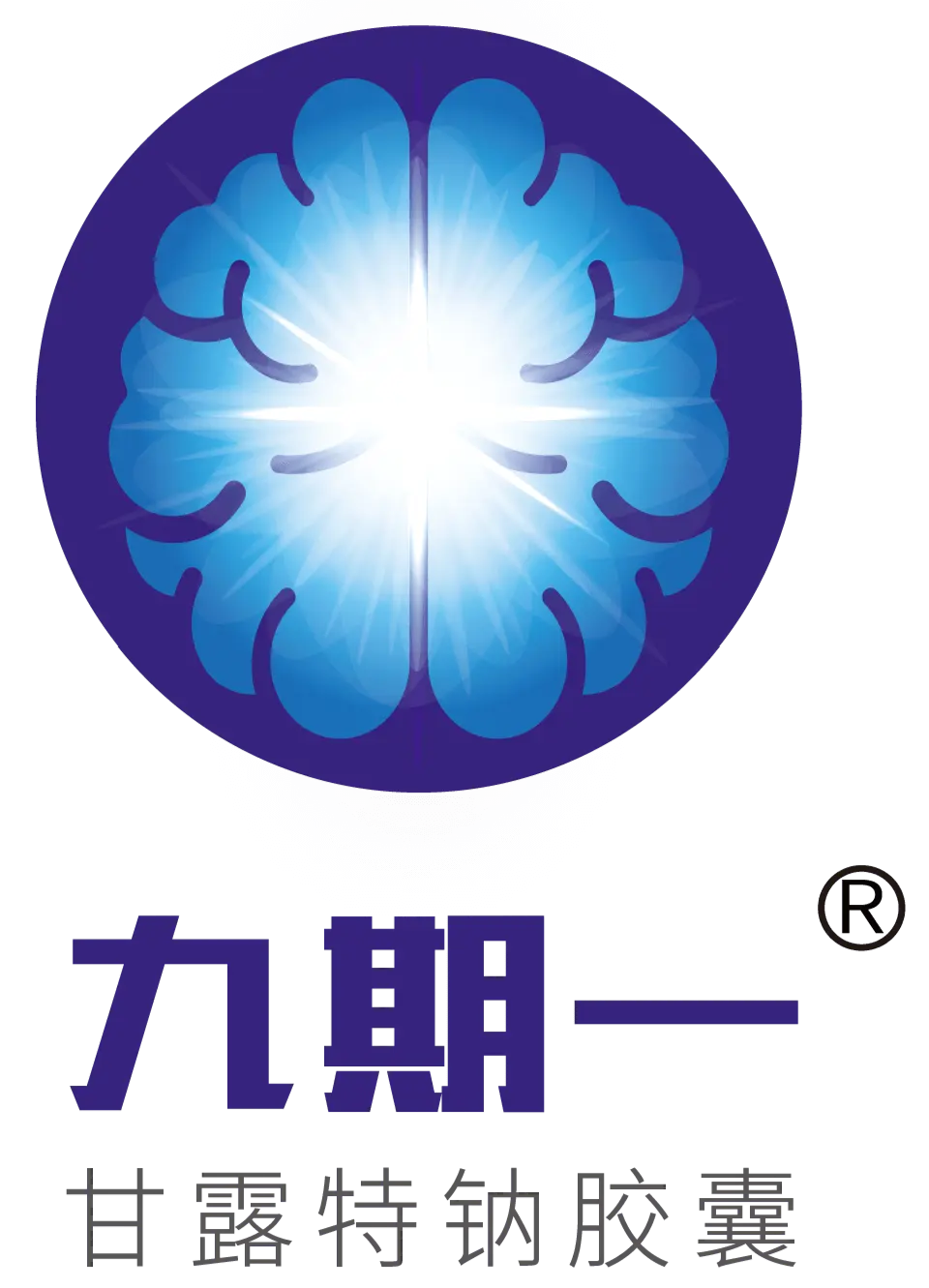Michael Heneka:Neuroinflammation Induced by the Immune System May Be Main Cause of AD
Hello everyone, and welcome to this symposium on microbiomes and its possible applications in AD pathogenesis and related treatments. My name is Michael Heneka and I will give a systematic presentation on immune system function and AD.
AD is induced by β-amyloid through a series of processes. The APP protein is cleaved into Aβ monomers of different amino acid lengths by α, β, and γ secretases. These fragments leave the brain through cerebrospinal fluid or secretion into the blood vessels of the brain and into the bloodstream. If these cannot be achieved, the concentration of Aβ monomers increases and Aβ oligomers gradually form and eventually aggregate into Aβ fibers. Microglia degrade these fibers in situ. But if there is insufficient degradation, Aβ protein deposits in the brain, prompting microglia and astrocytes to induce neuroinflammation. Eventually, tau fibers appear in neurons, suggesting neuronal loss of function and death.
Microglia are an important part of our innate immune system, which does many good things for us every day, as it is our first line of defense against viruses, fungi and bacteria. Here is a video to give you an idea. It's a hematology experiment, and this macrophage is hunting bacteria. To track down and attack bacteria, macrophages need to be equipped with a variety of receptors. Eventually, we see that macrophages surround and engulf the bacteria, and this continues to happen in our body.
Collectively, these cells are not only found in the blood, but are also resident cells in various organs. In the brain, we call them microglia; in the lung, alveolar macrophages; in the liver, Kupffer cells; in the kidney, mesangial cells; in the intestine, Paneth cells; and in bone tissue, bone marrow macrophages. They all protect us from infection while helping to maintain the structure and function of our organs.
This is a Congo red-stained brain section with MHC-II immunolabeled positive microglia surrounding amyloid deposits. Congo red has been used for a long time in brain staining and is generally considered a bacterial stain. The reason Congo red can color bacteria is simple. A variety of bacteria, including Escherichia coli, Salmonella, etc., actually have Aβ proteins with a β-sheet structure attached to their surfaces. This suggests that microglia in the brain recognize the β-sheet structure of amyloid, mistaking it for the surface of the pathogen, and the binding of multiple pattern recognition receptors leads to two main effects: one is to activate immune signaling pathways and release immune mediators; and second is to induce a phagocytic clearance response.
Microglia are activated to release complement, cytokines, chemokines, nitric oxide and various reactive oxygen species. At the same time, they lose their ability to do important and useful things for the brain. Synaptic scaling gets reduced, neurotrophic factor secretion gets reduced, and the ability to clear debris also gets diminished.
Besides the β-sheet structure, there are many other danger-associated molecules. They also build up in the brains of AD patients, such as S100 protein, and chromogranin A. As can be seen in the figure below, chromogranin A has the same effect as immunostimulants in promoting nitric oxide generation in microglia compared to LPS. This was illustrated by Laurent Taupenot and his colleagues in 1990. The middle figure shows an experiment in which knockdown of the S100 protein family from Mrp14 significantly reduced both TNF-α and IFN-γ generation by microglia in APP/PS1 transgenic animals. At the same time, they were also more able to clear fibrillar Aβ protein in cell culture experiments.
Inflammation of the brain can be visualized using PK11195-PET. On the left is an AD patient, 75 years old, with a 4-year history of AD. On the right is a man 10 years older than the left without dementia. You can see stronger binding to the tracer in the AD brain, especially in the limbic system and neocortex. The corresponding area of the control had only a few spots.
We know that Aβ protein deposition begins 20 to 30 years before dementia develops. The Aβ protein, which has a β-sheet structure, is a strong danger-associated molecule that induces an inflammatory response in microglia in the brain. This means that all other mechanisms and processes thereafter are associated with inflammation.
At the same time, we know that several genetic polymorphisms have been identified in the past decade. Many of them are important genes in innate immune signaling pathways, including TREM2, CR1, CD33, MS4A, etc.
In addition to genetic background, it is also important to focus on the exposome. Both life experiences and lifestyles have an impact on the brain's immune response, such as systemic infection, mid-aged obesity, etc. Adipose tissue itself is one of the sources of inflammatory mediators, like a chronic wound. Also periodontitis and immobile lifestyle will cause damage to immune function. There are more immediate factors, such as traumatic brain injury, or immune aging. Immunosenescence factors, such as senescence-related secretions, contain multiple immune mediators and have pro-inflammatory effects.
Importantly, microglia are not the same throughout the brain. Microglia in different brain regions have different transcriptomes. One reason is that microglia carry receptors for almost all neurotransmitters and respond to them. Therefore, the different distribution of neurotransmitters in different brain regions will shape different microglia transcriptomes and functions.
Recently, in addition to microglia, T cells, which belong to the adaptive immune system, have been found in the brain, drawing much attention. In a recent paper by Tony Wyss-Coray and his colleagues, T cells were found to undergo clonal expansion when induced by EBV antigens. The presence of T cells has also been found in various transgenic mouse models, such as the APP/PS1 mouse model, and the model in a recently published paper by Michael Stefan Unger and his colleagues. There was evidence that the transcriptome of neurons was affected after T cells were implanted in the brains of these animals, although the areas where Aβ protein was deposited were not altered.
If you're interested in and doing research on the immune system, it's important to know that there are huge differences between humans and other species, especially the immune system. As can be seen, only about one-third of the adaptive immune pathways are shared between two species, and more of them are innate immune pathways. Therefore, when studying the target immune pathway, it is necessary to completely make sure that this pathway is shared among different species.
Let me give a good example of the important role of the immune system. In a paper from the research group of Erik Boddeke and Bart Eggen in Groningen, the inflammasome complex and the NOD-like receptor complex have been identified as a central hallmark of human microglia. As shown here, not only the NOD-like receptors themselves, but also their major products belong to this network, such as IL-1B and IL-18.
Finally, it’s time for summary. How are microglia activated in neurodegenerative diseases? An important factor in the induction of AD is amyloid with a β-sheet structure, which represents a known danger signaling pathway. Other danger-associated molecules also emerge during AD, and they require pattern recognition binding to induce signaling pathways to produce pro-inflammatory factors. How does innate immune activation affect microglia and neuronal function? For microglia, it activates pro-inflammatory pathways and reduces beneficial behavior while impairing its phagocytosis. For neurons, they experience long-term potentiation (LTP) signal inhibition, synaptic loss, axonal breakout, and multiple modes of neuronal death, some of which are yet to be defined. What effect do these have on disease progression? We know that chronic inflammation adversely affects the clearance of pathological proteins such as β-amyloid, which creates an imbalance between generation and degradation. In addition, ASC plaques bind to Aβ peptides, enhancing their aggregation in vivo and in vitro. This may also be a mechanism for other inflammatory factors. Finally, neurodegeneration is regulated by tau kinase and PP2A, which can induce the formation of tau neurofibrillary tangles by binding to IL-1R. This mechanism may also respond to other immune mediators, such as complement or TNF-α. Again, thank you all for listening. Hopefully, in the following presentations, you will realize that all of the immune processes I described earlier can actually be influenced by the microbiome. In fact, there is no immune pathway that cannot be regulated by changes in the microbiome. This symposium will highlight the latest research findings. Thank you all!








